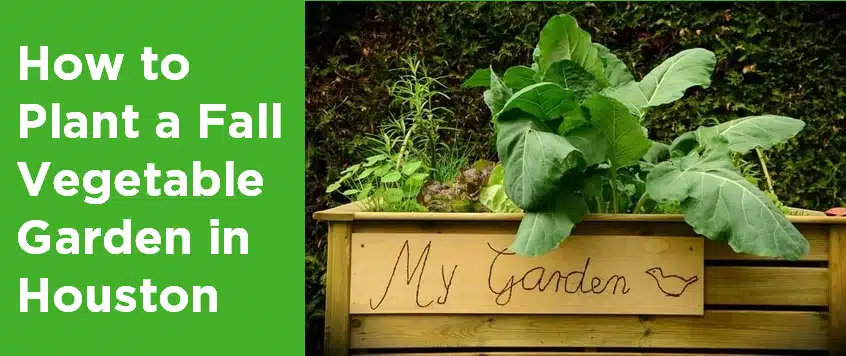August in Houston means high heat, high humidity, and an increased interest in staying inside and staying cool. However, if you are willing to brave the heat now you can set yourself up for some delicious produce come fall.
The good news is that you don’t want to start your plantings in the heat as what is too hot for us is too hot for those tender seeds as well. Instead, you will want to start your seeds off in little pots and take care to keep them consistently moist. Your best bet is to place them in the morning sun, but make sure they have afternoon shade – or move them out of the sun come noon. If you need to speed up the process and are getting a later start, soak your seeds overnight in water before planting. This will soften the hull and give you a jump start on growth.
Another trick to fool seeds into sprouting at the wrong time of year is to start them in an ice cube. A good example is spinach, which typically sprouts later in the season. You can get them to sprout sooner by freezing the seed in an ice cube and then planting the ice cube (who knew!).
Once the seeds start to sprout maintain the watering and sun schedule until they reach 6” tall. Remember: you want moist soil, but you don’t want to overwater and cause root rot. Once they hit 6” they are ready to be planted. Ideally, you will want to do so in a raised bed since it is easier to water and maintain moistness than flat ground.
Be sure to weed and prep the soil with a good compost before planting. If you don’t have raised beds work your soil into raised ridges and plant in those.
Some plants that will do well planted in August include cabbage, okra (if you speed up the sprouting time by soaking the seeds in water), and so long as you maintain good moisture, cherry tomatoes. You are best waiting until the end of the month for the latter.
Once we move into September the options increase. Having prepped your seeds for growth in mid-Augustyou can start planting out snap beans, Brussel sprouts, cauliflower, broccoli, carrots, swiss chard, kale, English peas, Irish potatoes, collards, kale, and summer squash.
In October, you can plant beets, garlic and leaf lettuce. In November, consider adding radish and turnip to your garden.
For a comprehensive list of what to plant when, and a guide on how to build your garden before planting, visit TAMU’s website here. You can see a comprehensive list of Texas varieties of veggies that will do well here and have you winning the battle of vegetables vs. sun. Come fall your family will enjoy a feast of fresh vegetables! If you want to enjoy your gardening work without being bitten call Mosquito Joe. Remember, we will never treat your veggie garden unless the situation warrants (and we speak with you first) and then we will only use an all-natural garlic option. Our services are tailored to your yard so we can make your outside fun again while minimizing our impact to pollinators and beneficial insects.
Searching through dozens of home and commercial service providers is a thing of the past. Rely on Neighborly’s national network of trusted, local service professionals for all your home and commercial service needs.





 App Store
App Store
 Google Play Store
Google Play Store